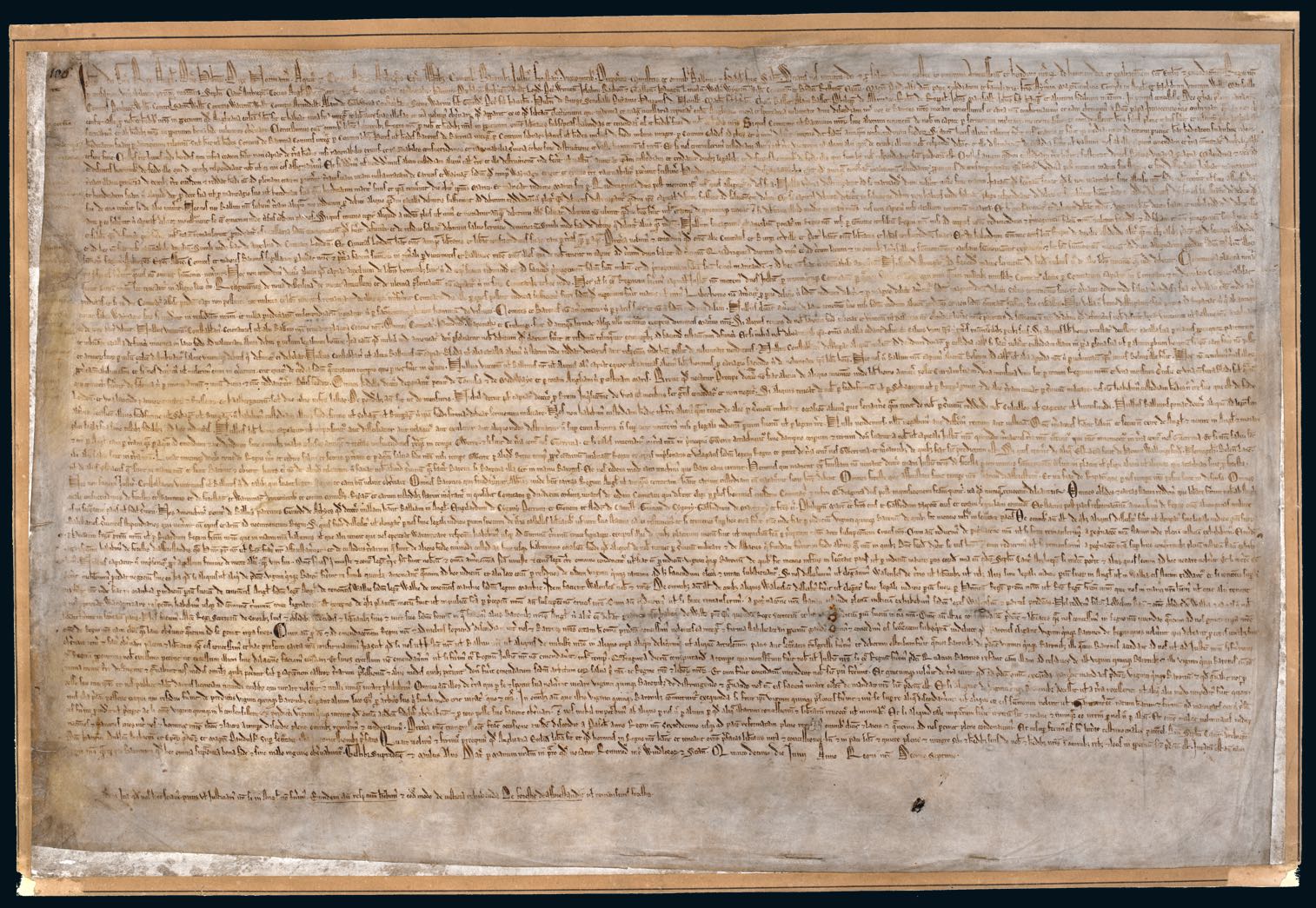
Si quis comitum vel baronum nostrorum sive aliorum tenencium de nobis in capite per servicium militare mortuus fuerit et cum decesserit heres suus plene etatis fuerit et relevium debeat habeat hereditatem suam per antiquum relevium; scilicet heres vel heredes comitis de baronia comitis integra per centum libras; heres vel heredes baronis de baronia integra per centum libras; heres vel heredes militis de feodo militis integro per centum solidos ad plus; et qui minus debuerit minus det secundum antiquam consuetudinem feodorum.
If any earl, baron, or other person that holds lands directly of the Crown, for military service, shall die, and at his death his heir shall be of full age and owe a 'relief', the heir shall have his inheritance on payment of the ancient scale of 'relief'. That is to say, the heir or heirs of an earl shall pay £100 for the entire earl's barony, the heir or heirs of a knight 100s. at most for the entire knight's 'fee', and any man that owes less shall pay less, in accordance with the ancient usage of 'fees'
